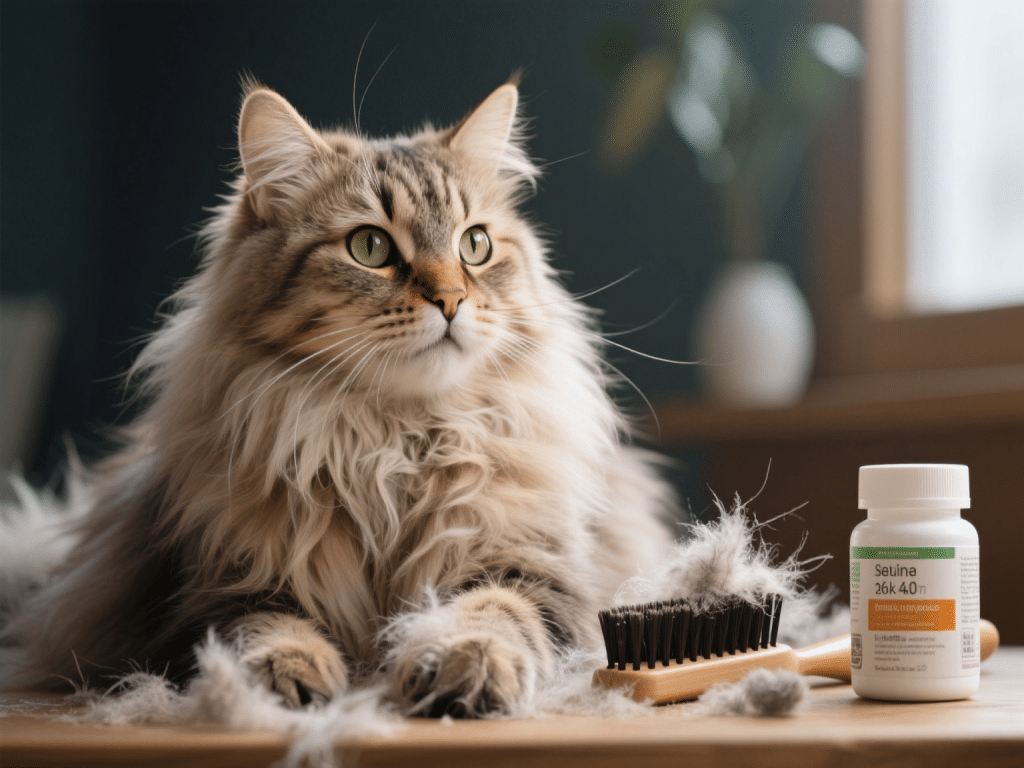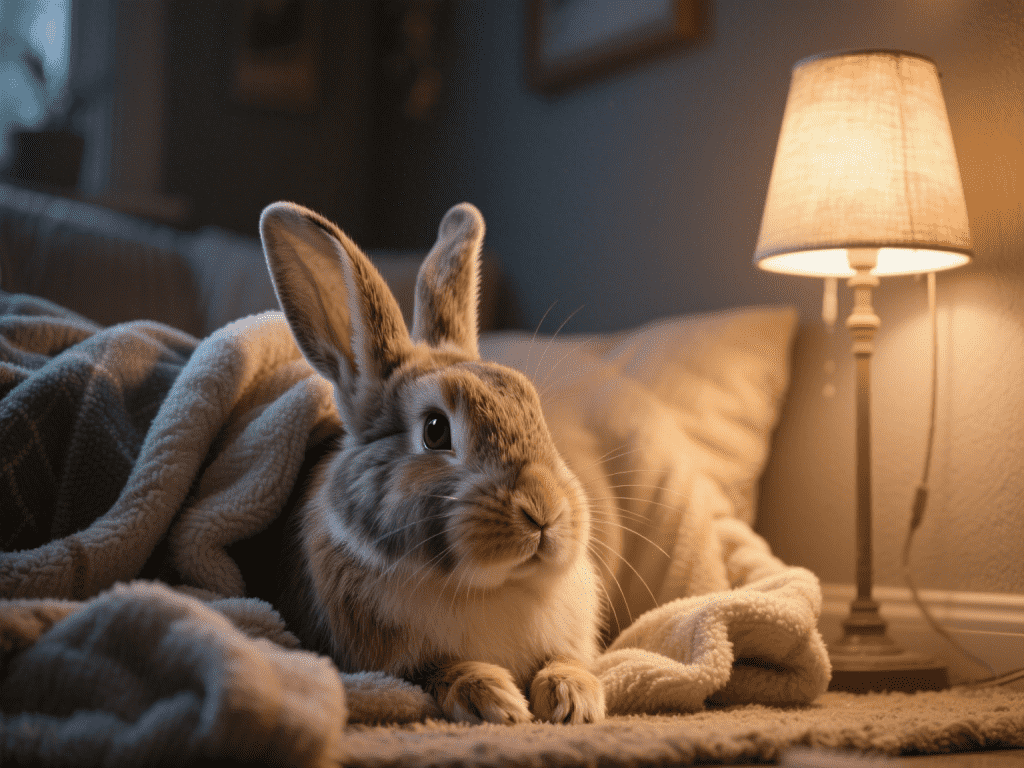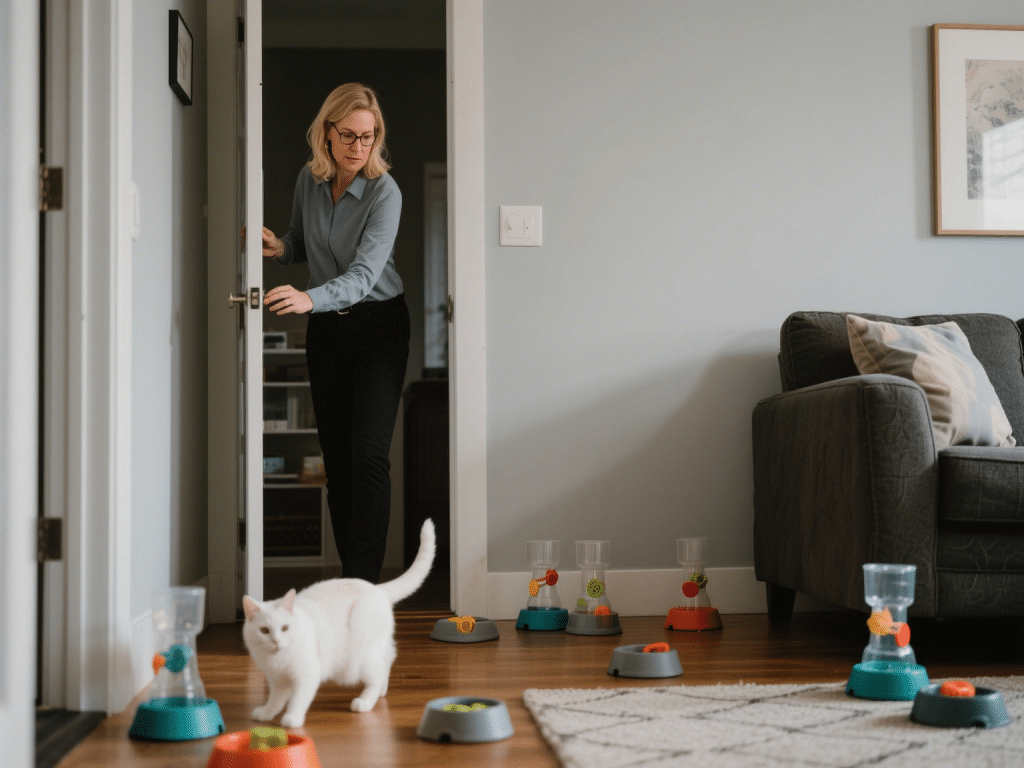
Preventing and Managing Hairballs: Tips for a Happier, Healthier Cat
Hairballs—those stringy wads of fur—are a common feline woe, but they needn’t be a r...

In my decade of rabbit rescue and fostering, I’ve met countless shy or fearful bunnies whose anxiety manifests in thumping, hiding, or even aggression. Rabbits, as prey animals, rely on a sense of safety first and foremost. Here, I share a comprehensive calming plan—from intentional handling techniques to rabbit‑friendly habitat modifications—that transforms your home into a sanctuary of serenity.
Slow Movements: Approach at rabbit eye level; extend a fist for sniffing.
Secure Support: Always cradle the hindquarters to prevent panic‑induced kicks.
Short Sessions: Begin with 2‑3 minute handling intervals, increasing over weeks.
Hidey‑Huts & Tunnels: Provide multiple shelters to retreat when stressed.
Soft Flooring: Lay fleece blankets or low‑pile mats to protect sensitive paws.
Neutral Lighting: Use warm, indirect light; avoid harsh fluorescents.
Foraging Boxes: Hide pellets in shredded paper to promote natural grazing.
Chew Stations: Supply apple wood sticks and cardboard chews to relieve boredom.
Calming Scents: Dab a bit of chamomile tea on bedding—rabbits find it soothing.
Fixed Schedule: Feed, play, and clean at the same times daily to foster security.
Household Harmony: During loud events (vacuuming, parties), close the rabbit’s room door and offer extra hiding spots.
Clicker Training: Use positive reinforcement to build confidence—start with simple “sit” or “target” behaviors.
Companion Pairing: Rabbits often calm when bonded with a spayed/neutered partner; introduce slowly via scent swapping.
Persistent thumping, teeth grinding, or loss of appetite beyond 48 hours warrants professional evaluation. A veterinarian can rule out pain, while an animal behaviorist can tailor a desensitization plan for severe anxiety.
With patience, consistency, and a rabbit‑centric environment, even the most nervous bunnies can learn to relax and trust. By integrating these expert‑backed techniques, you’ll witness your rabbit transform from anxious to affectionate—proof that understanding and empathy are the best calming tools of all.

Hairballs—those stringy wads of fur—are a common feline woe, but they needn’t be a r...

While dogs often receive most attention for separation anxiety, many cats also suffer stre...

If your dog often experiences bloating, gas, diarrhea, or vomiting after meals, chances ar...

IntroductionEmergencies can occur unexpectedly, and having a dedicated pet first aid kit e...

IntroductionMany dog owners notice their pets trailing them from room to room. While endea...

IntroductionHuman-grade treats can be expensive and full of preservatives. Preparing healt...
Comments on "Calming Techniques for Nervous Rabbits: From Handling to Habitat" :